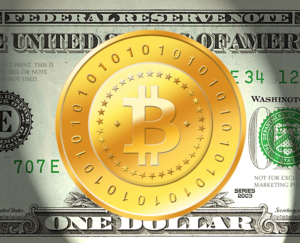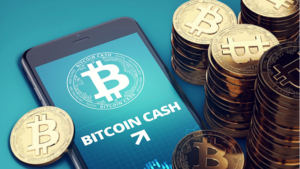South Korea follows US example in auctioning confiscated bitcoins
Three years after the US Marshals Service conducted the first auction of bitcoins confiscated from Silk Road, South Korea is about to conduct a bitcoin auction too.

About three years after the US Marshals Service conducted the first auction of bitcoins confiscated as a result of the closure of Silk Road and the arrest of its mastermind Ross Ulbricht, South Korea is conducting a similar auction too.
The Korea Asset Management Corporation (KAMCO), quoted by Seoul Economic Daily, will be auctioning 216 bitcoins, confiscated from the 33-year old owner of an “obscene website”. The owner and other individuals connected to the website were arrested in April.
KAMCO explains that the value of the confiscated assets has risen 2.4 times in two months. At the time of the confiscation, the value of the 216 bitcoins was KRW 290 million. KAMCO will receive a 3% commission from the sale, with the rest of the proceeds going to the Treasury, so the financial rationale behind such a move is obvious.
Of course, the sum that South Korea will net from the planned sale is very small when compared to the proceeds generated from the sale of Silk Road bitcoins. When Ulbricht’s bitcoins were seized in October 2013, the value of one bitcoin was around $127. In the meantime, the price surged to $1155 per coin but settled at around $588 by the time of the first auction in June 2014. The US government was estimated to have generated a “profit” of $13.5 million thanks to holding on to the bitcoins for nine months.
South Korea is a hotspot for Bitcoin trading. The demand for the crypto currency is incredibly high and the price for one bitcoin there is up to 30% higher than on overseas exchanges, according to experts. The high demand, however, implies a high rate of fraud and cyber problems.
In April this year, South Korean exchange Yapizon reported that it had become a victim of hackers, claiming the loss of BTC 3,831 in customer funds – back then, that equalled about $5 million. The customers of the Exchange had to pay for the damage themselves, that is, from their own account balances.









